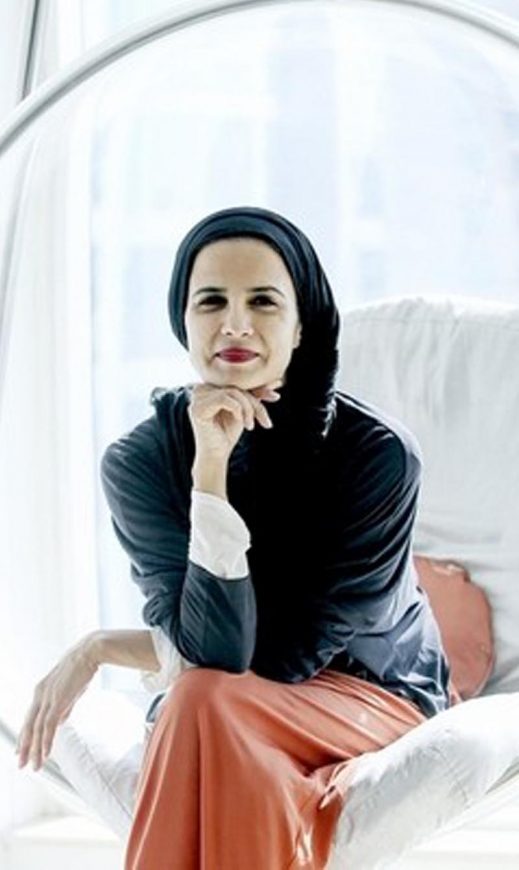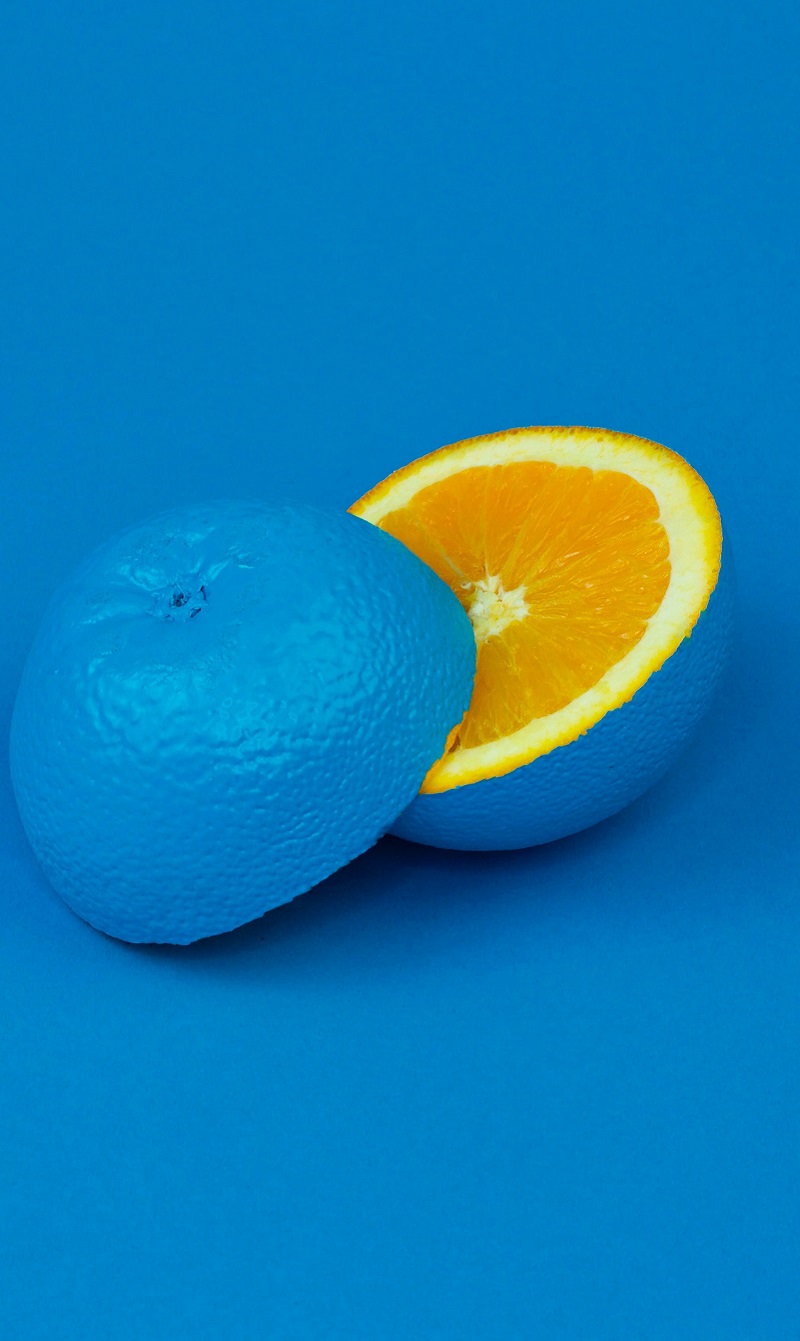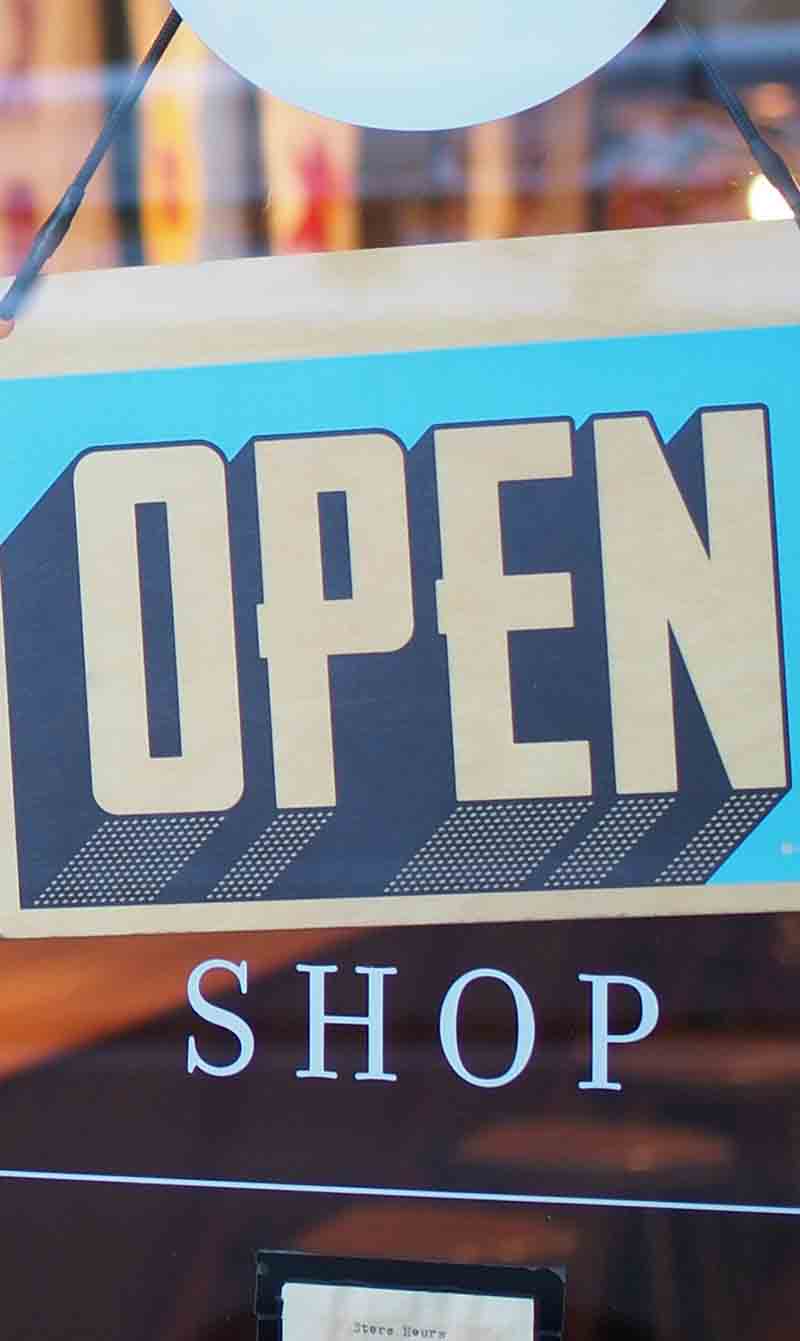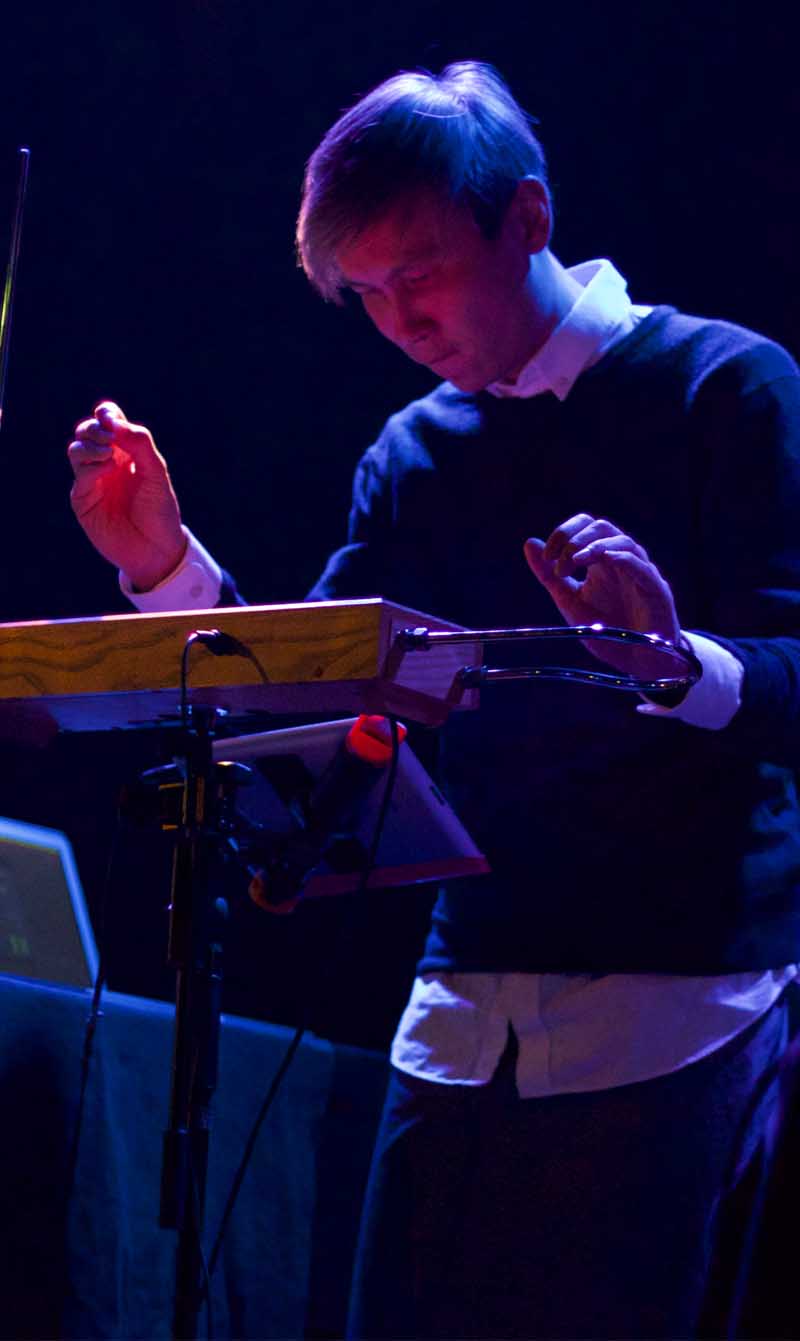Islamic fashion industry
Hermès, Aramis and Estée Lauder are adopting collections targeting Muslim markets, expanding the Islamic fashion industry.
The Islamic fashion industry has seen rapid growth in recent years and this trend is set to continue. Its expansion can be seen through international labels such as Hermès, Aramis and Estée Lauder adopting collections targeting Muslim markets. New Islamic fashion designers are also coming to the fore in this burgeoning industry. What are the new trends and how much can the industry grow? Four indsutry experts tell us more.

What sets Islamic fashion apart?
Alia Khan who is the Chairwoman of the Islamic Fashion and Design Council began by outlining the basics of Islamic fashion: ‘Every community has a characteristic that it’s known for, and in Islam that characteristic is modesty. I think we can all relate to that in one way or another: our character is depicted in our choices; even when we cover [our heads] we have certain parameters that we can live within. For modesty, yes, but elegance as well, and that’s depicted in many ways.’
She spoke of the need for the Islamic fashion industry to develop a vision that would stay relevant for decades to come and cited the example of the French designer Coco Chanel whose influence was still felt in the fashion industry long after her death: ‘The potential of the Islamic fashion industry—of Islamic fashion designers— is tremendous. We believe that not only can we have our own future Coco Chanel, in fact, we can probably have something more meaningful. With all due respect to mainstream fashion, there’s a lot more meaning and value behind what our designers do.’
The IFDC has five offices around the world and some 5,000 members, roughly a third of whom are designers drawn from more than 40 different countries. Alia said there was “tremendous talent” in the Islamic fashion industry and that one strategy to increase the exposure of Muslim designs was to build partnerships with mainstream fashion for major events.
‘A programme that we have is the ‘prêt-à-cover’, which is a new store category that we’ve introduced, and we’ve been talking to all the major retailers around the world about it. So now you will be able to go your favourite store and find a prêt-à-cover department for modest wear,’ Alia said.
Making it into the mainstream
Melanie Elturk, who is Chief Executive Officer as well as Chief Designer of the Islamic fashion company Haute Hijab in the US, spoke about the mainstream fashion industry’s increasing interest in Muslim themes. She cited examples of H&M using a hijab-wearing model for the first time and DKNY having a special Ramadan range of clothing.
‘We need to look at their motives. I think we can all agree it’s very lucrative in nature: this business is a billion-dollar business. Second is the narrative: here you have in big letters ‘head turners’ [in one DKNY Ramadan advertisement], which is not exactly the type of message that we want to put out; and third, the imagery: the actual images that are being used to promote this modest Islamic fashion.
‘It’s so important that we’re taking note of the Islamic fashion designers and supporting them to take back that narrative. We can own that narrative, those images, and everything that the mainstream fashion industry would like us to adapt to. We need to claim that for ourselves since, after all, this is for us.’
Raising the bar
Melanie warned that Islamic fashion businesses had to raise the level of their performance in order to compete with the mainstream industry. That meant not just forging stronger connections with customers but also becoming more professional.
‘It’s the lack of professionalism that, unfortunately, as a Muslim community, we suffer from,’ she said. ‘It’s really sad, because I wish that we held ourselves to a greater standard not only in the way that we deal with our customers and one another, but also even in the presentation of our clothing, the way it’s made and the fabrics we use—we need to really raise the bar.’
Evolving design trends in Indonesia
Dian Pelangi, a fashion designer and entrepreneur from Indonesia, explained that the popularity of veils and modest wear in her home country had increased rapidly over the past 15 years. ‘Now, in the second decade, we have passed the euphoria of wearing the hijab. Before, it was about an unstoppable exploration of styling, colours and motifs. Every single day, everybody wanted to look outstanding in their hijab styles because, at the same time, they wanted to challenge negative stereotypes.’
‘Now these people focus more on practical function and flexibility when seeking daily Muslim attire. They want something that completely accommodates their day’s activities as modern city-dwellers. I think minimalist and simple designs are the key for the next trend—toned down shades of colours in terms of aesthetics and couture.’
Dian added that she saw a greater interaction of global trends and the mingling of Western, Eastern and Islamic “vibes”. Because of its flexibility and transnational character, Islamic fashion was on a par with the mainstream industry, providing many opportunities that’s normally associated with it. If I’m wearing a brightly coloured scarf, I often get people coming and saying “wow, that’s such a beautiful fabric”.’
Zulfiye Tufa, who is a blogger and designer, said that, despite the untapped demand from Muslim consumers in Western countries, the prospect of getting the mainstream industry to satisfy that demand was very limited.
‘Because Muslims are a minority and the most influential people in the fashion industry are not Muslim, it’s very hard to actually get them on board with what you’re doing and to get into places that are influential. It’s really important for people who actually live in Muslim-majority countries to reach out to Muslims in the West and to create clothing or create connections and relationships with them,’ she said.
Pressure on women
The discussion moved to negative impressions of Islamic fashion, not just from non-Muslims but also from Muslims who believed that existing fashion was not modest enough. Dian said that it should depend on interpretation, with each woman deciding what modesty meant to her, and stressed that there had to be an understanding of cultural traditions, citing the example of Indonesia where the used of brightly coloured fabrics was rooted in culture.
Zulfiye called for more encouragement and less criticism from fellow-Muslims: ‘When you wear a hijab, even if you have half of your head showing or if you have your neck showing, you have something on your head that signifies you are a Muslim. That in itself is not easy to do in this day and age. I think that we need to be held in high esteem for doing that, but we’re not—we’re brought down because it’s not good enough.’
For Melanie, attracting attention was inevitable in non-Muslim countries: “There’s a difference between negative attention and positive attention. Of course, we’re garnering attention to ourselves when we have a piece of cloth on our heads but in the US and in the Western context, people will look at us no matter what. Is the attention that we are bringing to ourselves positive or not?’
Treading the fine line
Islamic fashion is a multi-billion dollar industry, with further rapid growth likely over the coming years. “Modest” wear is having an increasing influence over mainstream fashion but Muslim consumers remain the primary market. Muslim designers need to pay attention to the needs of their customers and tread a fine line, keeping up with the latest trends while staying true to Islamic principles.
___________________
This report is based on a session from the 11th WIEF in 2015.





